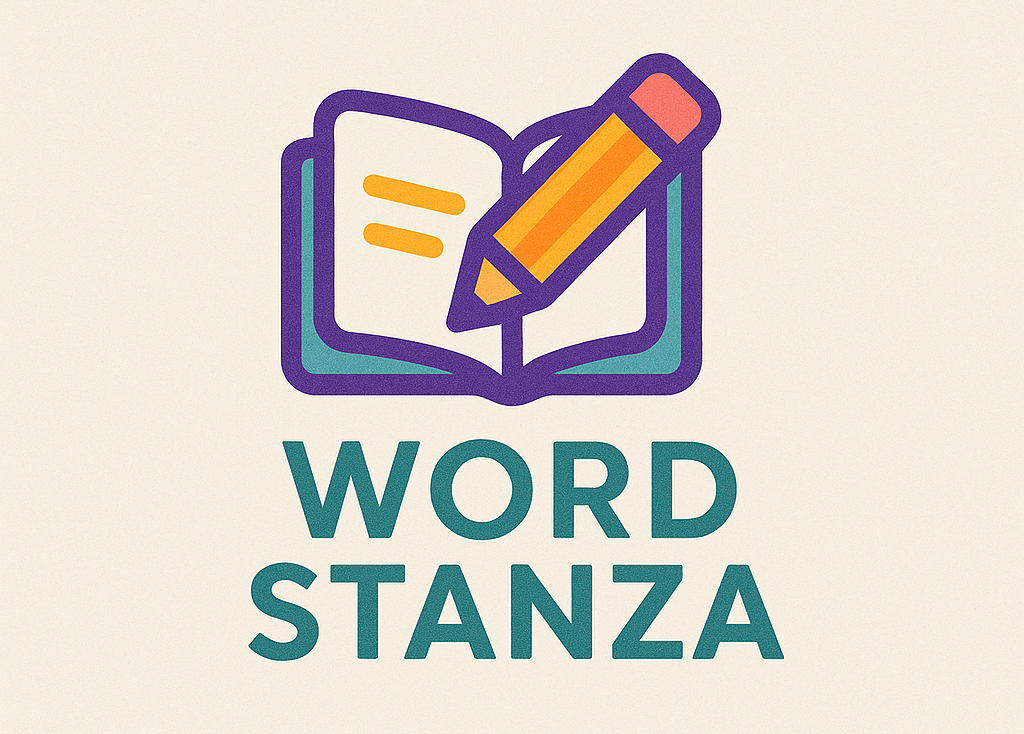In today’s fast-paced business environment, organizations are constantly seeking ways to enhance efficiency and reduce costs. One of the most effective approaches to achieve these goals is through strategic sourcing. This methodology goes beyond traditional purchasing practices, focusing on developing long-term relationships with suppliers and optimizing the procurement process. By implementing strategic sourcing, businesses can not only save money but also improve the quality of their products and services.
At its core, strategic sourcing is a systematic process that involves analyzing an organization’s spend and supply base to identify opportunities for improvement. This approach requires a thorough understanding of the market, supplier capabilities, and the organization’s own needs. By leveraging data and analytics, companies can make informed decisions that align with their strategic objectives.
One of the primary benefits of strategic sourcing is cost reduction. By evaluating suppliers based on their total cost of ownership rather than just the purchase price, organizations can uncover hidden costs associated with logistics, quality, and service. This comprehensive view allows businesses to negotiate better terms and conditions, ultimately leading to significant savings.
Moreover, strategic sourcing fosters innovation. When organizations collaborate closely with suppliers, they can tap into their expertise and resources, driving innovation in product development and process improvements. This collaboration can lead to the creation of new products or enhancements to existing ones, giving businesses a competitive edge in the market.
Another crucial aspect of strategic sourcing is risk management. By diversifying the supplier base and conducting thorough assessments, organizations can mitigate risks associated with supply chain disruptions. This proactive approach ensures that businesses are not overly reliant on a single supplier, which can be detrimental in times of crisis.
Implementing a strategic sourcing framework requires a cultural shift within the organization. It is essential for procurement teams to work closely with other departments, such as finance and operations, to align sourcing strategies with overall business goals. This cross-functional collaboration enhances transparency and ensures that all stakeholders are on the same page.
To effectively implement strategic sourcing, organizations should follow a structured process. This typically involves several key steps:
1. **Spend Analysis:** Begin by analyzing historical spending data to identify patterns, trends, and opportunities for savings. This analysis helps prioritize sourcing initiatives based on potential impact.
2. **Supplier Market Research:** Conduct thorough research to understand the supplier landscape. Identify potential suppliers, evaluate their capabilities, and assess market trends that may affect pricing and availability.
3. **Supplier Selection:** Develop criteria for supplier evaluation and selection. This process should consider factors such as quality, reliability, and financial stability, in addition to cost.
4. **Negotiation and Contracting:** Engage in negotiations with selected suppliers to establish favorable terms and conditions. Ensure that contracts are clear and comprehensive to avoid misunderstandings in the future.
5. **Performance Monitoring:** Once contracts are in place, continuously monitor supplier performance against agreed-upon metrics. This oversight allows organizations to address issues promptly and maintain strong supplier relationships.
6. **Continuous Improvement:** Strategic sourcing is not a one-time effort; it requires ongoing evaluation and refinement. Regularly revisit sourcing strategies to adapt to changing market conditions and organizational needs.
For organizations looking to enhance their procurement processes, embracing strategic sourcing can lead to significant benefits. By focusing on long-term relationships and data-driven decision-making, businesses can unlock efficiencies that drive success.
In conclusion, strategic sourcing is a powerful tool that can transform procurement from a transactional function into a strategic driver of business value. By adopting a systematic approach, organizations can not only reduce costs but also foster innovation, manage risks, and enhance supplier relationships. As the business landscape continues to evolve, those who leverage strategic sourcing will be better positioned to thrive in a competitive environment.




